The Scientific Study of Games
The formal games of western civilization have intrigued generations of scholars (see Expedition Vol. 27, No. 2). Each set of games, such as dice games, board games, card games, and team sports, has a long and complex history, as it changed and evolved over thousands of years. When Europeans entered upon their age of great explorations in the early 15th century, they began to observe the formal games and gaming behavior of other societies. Striking resemblances found between the game forms and practice of Europeans and those of many other peoples suggested relationships extending over great distances and time.
With the rise of anthropology as a scientific discipline, ethnographic specimens and notes recording human behavior and institutions began to be studied in a comparative manner. It soon became apparent that, in some cases, behavior that we would classify as game playing had a far different function in another culture. For example, ethnologists studying the various legal forms of African states found that elaborate dice games were not entertainment, but were instead rituals of legal trial and of divination, and were a way of obtaining answers from the ancestors.
At the same time, a study of traditional western games began within the field of folklore. Focusing their attention on the pastimes of European children, folklorists found evidence for the survival of ancient pre-Christian ritual in formal play. Such studies proved to be a rich source of ideas about the survival of obsolete religious forms, and the ways in which specific sequences of ritual behavior may be preserved long after their meanings and original functions have been lost.
The Research of Culin and Cushing
The comparative study of games was brought into new perspective at the end of the 19th century through the work of Stewart Culin (Fig. 1), an Orientalist who was the first director of The University Museum (1892- 1903; the Museum was then known as the Free Museum of Science and Art), and later director of the Brooklyn Museum. His studies postulated evolutionary trees for the various card, dice, and board games of Europe, Asia, and Africa, and suggested very ancient common origins for classic formal games.
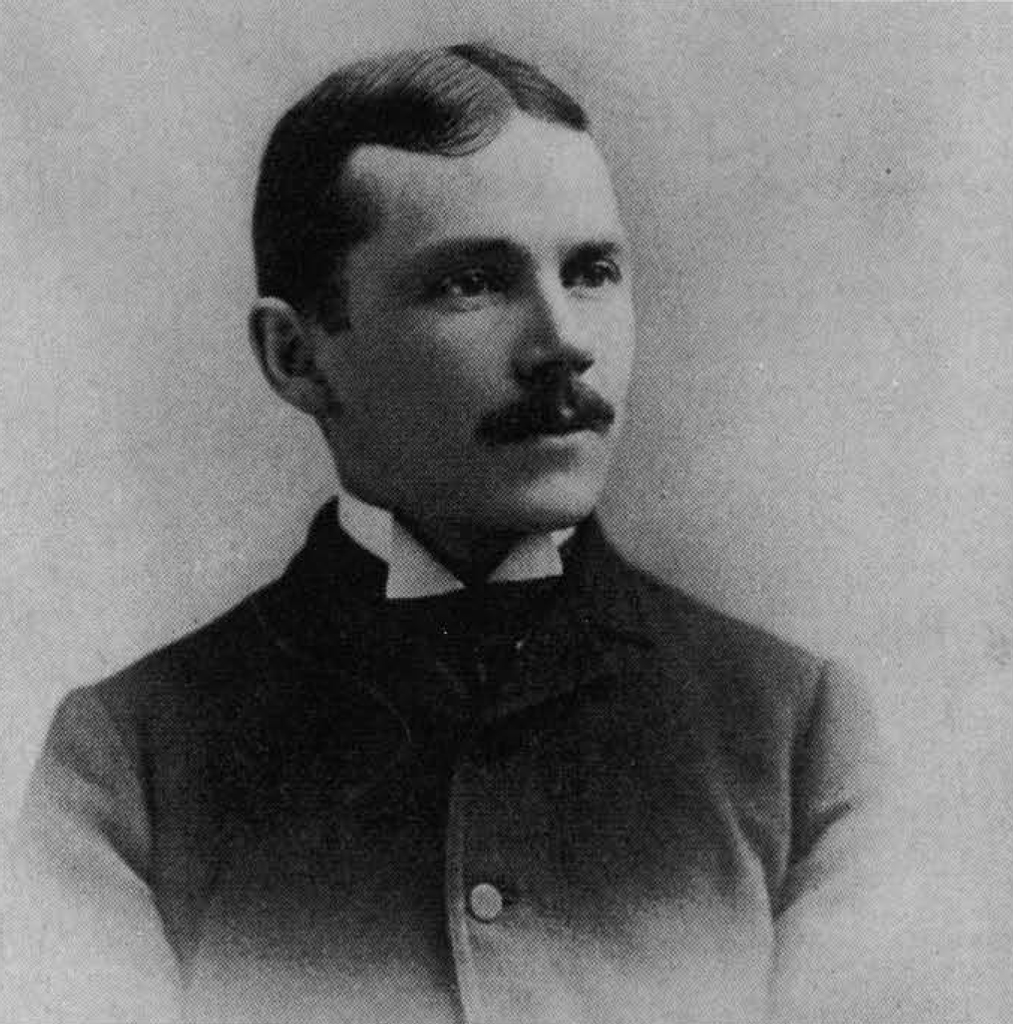
While at the University of Pennsylvania, Culin met Frank Cushing (Fig. 2), an anthropologist then employed by the Bureau of American Ethnology of the Smithsonian Institution. Cushing had been living at Zuni Pueblo in New Mexico, learning the language and culture of this tribe. He had become steeped in the formal games of the Zuni, and had become extremely curious about the gaming customs of other tribes. Culin and Cushing agreed to pool their efforts in an intensive study of American Indian games, especially as related to worldwide ethnological problems.
Culin’s study of card games within the Orient had convinced him that these games had their origins in ancient rituals of divination; the use of playing cards for this purpose could still be observed in many modern cultures (for example, the European game of tarot). Cushing had discovered that an elaborate dice game played by the Zuni Indians of the American Southwest was a ritual sacred to their gods; it was a major form of divination, and was also a major gambling pastime. A circle of compulsive gamblers, whose lives were spent on the game, were carrying out sacred roles and were a special kind of dedicated priesthood; they were men possessed by supernatural forces.
In the late 1890s, Cushing came to Philadelphia where he was employed as a Research Assistant at The University Museum and a teacher at Drexel Institute. Although their work was interrupted by Cushing’s early death in 1900, Culin published two major books, Korean Gaines and Games of the North American Indian. These were but parts of the grand scheme that he and Cushing had planned. The studies suggest the skeleton of a worldwide panorama of gaming, with evolutionary trees going back to common roots in Upper Paleolithic times.
No single scholar has so dominated the ethnology of games since Culin’s time. Rather, many individuals have illuminated small areas of the overall picture, or have concentrated on the formal and informal play of children rather than on the formal games of adults. This article falls into the first category, describing adult games played among the Cherokee.
Cherokee Games
Cherokee adults played two major games: basket dice, a game of chance, and stickball, a form of lacrosse. These, as well as a number of minor games, were fixed parts of ritual sequences until recently.
The minor games have not survived well and are poorly documented. The two major games, on the other hand, can be studied in detail. Their history provides important information on the secularization of major rituals, and on the way in which modern games originated in the ritual forms of lost religions.
Basket Dice
The basket game, named taludza gunti or “basket play” but also called “dominoes” or “Jacksnaps” in reservation English, was a popular game among the Cherokee. Men played against women, with a ceremonial as the stakes. The basket game was integrated into several major rituals which took place every year. For example, within the Midwinter Eagle ritual or “Booger Dance” it served as the prelude to, or the first episode of the ceremony.
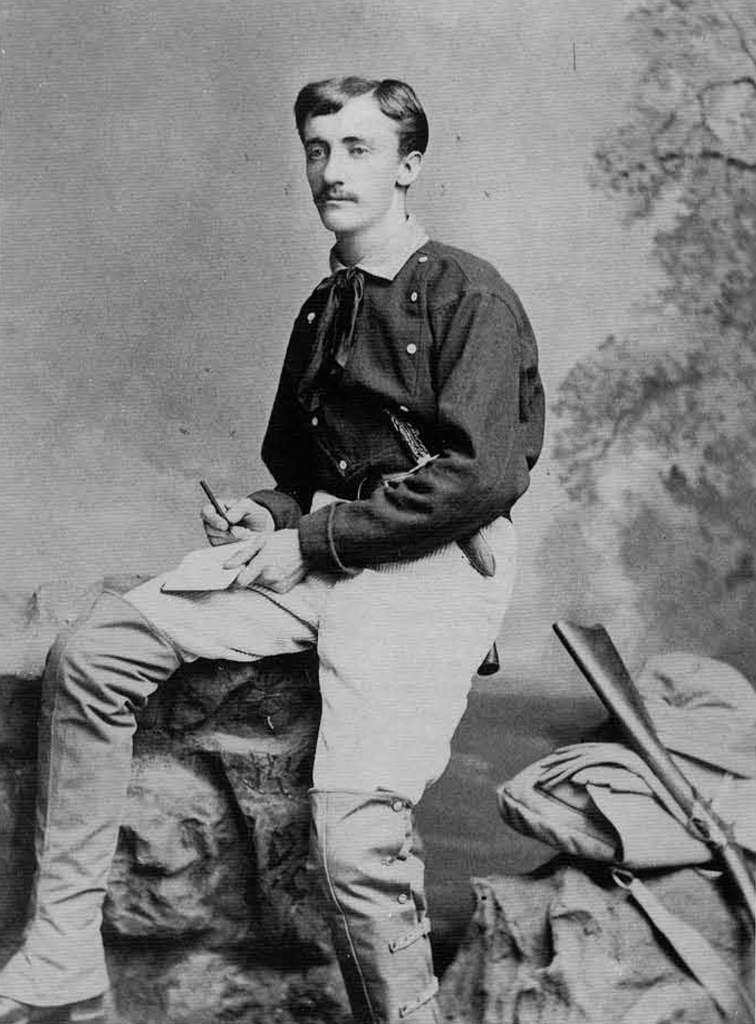
In the basket game, six dice were bounced in a flat oak splint basket (Fig. 4). All Cherokees used dice made of the split halves of dried butter beans, the black skin and light colored split surface forming the two sides of each die. The Eastern Cherokee also used kernels or grains of a large variety of dent corn (called tchenelu diunadhani or “big grains” in Cherokee, and “Hickory King” by botanists) that had been scorched on one side. In the North Carolina towns of Big Cove and Yellow Hill (Fig. 3), dice were carved out rhododendron wood or sourwood, in shapes that made scoring as difficult as possible (Fig. 5). Such pieces were often carved and marked to resemble various types of “water spiders” and “mellow bugs” (water striders and water skaters), the dice supposedly sharing in the speed and agility of these insects. The most difficult dice to throw were insect forms that were flat on one side and supposedly shaped like a mosquito or a fish tail. High scores were most frequent with the corn grains, less so with the halfbeans, and even less with the carved wooden dice.
The dice game itself was played in several ways. Most often it was played with a basket, which was passed counterclockwise around the circuit of players. These were divided into two teams based on sex, with men and women seated alternately. Each player was provided with 24 beans to be used as counters; each team then pooled some of their beans to put a total of 24 into the “pot,” called the “boneyard” in the English of Birdtown, North Carolina.
In play, a kneeling player struck the basket on the ground so that the 6 dice inside it bounced and rolled freely. When the dice had settled, the combination of light and dark sides determined the score:
- If the white sides of all 6 dice were up, the player took 3 of the counters from the pot and continued his play.
- If the black sides of all dice showed, the player took 2 counters and continued his play.
- If all but 1 of the white or black sides were up, the player took 1 counter from the pot and continued in play.
- Any other combination counted nothing and the player lost his turn.
When the “boneyard” was exhausted the stakes increased: a winning player took his 1, 2, or 3 counters from each member of the opposing team. Players dropped out as their counter beans were exhausted, and eventually one player representing the winning team would get the last counters from the opposing team.
The basket game could also function in a non-religious context, and was played as a neighborhood pastime. Such secular contests took place on Saturday evenings, and the stakes were usually a Sunday meal. Men bet agricultural produce, game, fish, or firewood against women’s cornbread or soup. Sometimes small sums of money, bandanas, pocketknives, and other objects were gambled, but this was less usual.
The Cherokee also played at least two variants of the game that had no religious function but were purely for entertainment. These were much quicker to play and more easily adapted to serious gambling. In the Big Cove, two men were the players, each choosing either the white or the black sides of six dice that were of equal convexity. They took turns tossing the dice in a basket or into a blanket. The player then took counters from a pot of 24 beans equal in number to the number of dice that fell with his chosen side. When the pot was exhausted, players took counters from one another. The game continued until one player got all 24 counters and thereby won. In Birdtown, the three or four players were not paired into teams but played separately, passing the basket counterclockwise. Twenty-four grains of corn in the pot served as counters. Each player took one turn in rotation, taking as many grains as the split butter-bean dice showed white faces. Again, the game ended when one player had all 24 grains of corn.
Ball Games
“stickball” was virtually identical in all aspects to the lacrosse game of other southeastern tribes. The game was played within communities, between towns, and between tribes. The intertribal contests, often used as a substitute for armed conflict in settling disputes, insured that equipment, rules, conventions, functions, and conduct of the game varied little over large areas. Data from Creek, Choctaw, Yuchi, Alabama, and Seminole, which comprise most of the peoples from whom any information has been obtainable, would fit Cherokee practice equally well.

Stickball was part of a complex ritual sequence that was devoted to the Twin Gods of the Cherokee and served multiple functions. One of the titles for the game was “things transformed” (see box). It was a central element of a major ceremony performed at various times in the spring to bring thunderstorms and rain. The playing season began just after the planting ceremony or “Corn Dance.” The last games were held the day before the Green Corn Ceremony in July, on the last day of the year in the aboriginal calendar. Pre-game ceremonies formed an all-night sequence, and these magical practices were thought to strongly influence, if not determine, the outcome of the game. The game itself, played entirely by males, sometimes lasted most of the day, but had to be finished by sunset.
Every detail of the aboriginal game was rigidly fixed with symbolic meanings. Netting for the sticks was made of flying squirrel skin; body painting and tattooing was with charcoal from a lightning-blasted tree; and the ball was of red yarn wound upon a living Tiger Beetle and cased in woven strips of groundhog rawhide. Gambling was highly formalized and bets were tied together upon a frame of poles; an elaborate symbolism of feathers and costume prevailed.
In modern times, the game lost its seasonality, its preparatory ritualism, its magic, its sacred character, and its rain-bringing function, becoming secularized into a regional variant of lacrosse. Today none of the old conventions are recognized or even remembered. The game survived until recently only as an exhibition played at the autumn Cherokee festival.
Other Traditional Cherokee Games
Tug of War and “Soccer”
Tug of war was played in the afternoon or evening before spring ceremonies, using a grapevine. A team of men pulled against a’ team of women. To equalize the sides, the strongest man pulled with the women and the weakest woman pulled with the men; these two faced one another, being at the front of each line. The game was won when one side succeeded in pulling the other across a line. Betting occurred before the game. Women, who traditionally did most of the gardening, wagered bread against meat promised by the men. The presence of a man on the women’s team and of a woman on the men’s team assured some mixture of foods. As in several other games, the losers provided the food for a shared ritual meal.
A game closely related to tug of war was played between men and women on the ball ground at the end of a stickball game. This Cherokee variant of the widespread North American kickball or soccer game was called askaldiyi (“pulling the ball in”) or analasgalia (“they put the feet to it”). The ball itself was a stuffed skin about the size of a baseball. The men’s team consisted of 12 to 15 men and a woman, and the women’s team the same number of women and a man. The ball was kicked around the field with the feet until one side managed to kick it between the opponent’s goal posts, winning the game. The wager between the sexes in this case was a feast for both ball players and spectators, held seven days after the ball play.
The Arrow Game
On the day before a ritual, Cherokee men would play an arrow game called “put one hard thing on another” (adasadisti) or “you and I put long cylindrical objects on each other” (inadatsada). This was played in the village square, where men frequently held conferences. For the arrow game a heap of brush about 3 feet in diameter and 3 feet high was piled in the middle of the square. A line was drawn about 20 feet from the brush heap.Virginia Standing Deer heard the game described by her father, an outstanding archer. He told her that each player stepped up to the line in turn and balanced an arrow on his left fist, with the point nearest his body and the feathered end pointing at the brush pile. He used the forefinger of his right hand to flip the arrow into the air. The tip of the arrow should rise, flip over, and land with the point in the brush pile. If a player missed the pile, he retrieved his arrow and lost his next turn. If the arrow came to rest with the shaft against another arrow in the brush heap, the player would pick up all of the arrows in the heap. The arrows of the players were the usual stakes, but side bets were often placed.
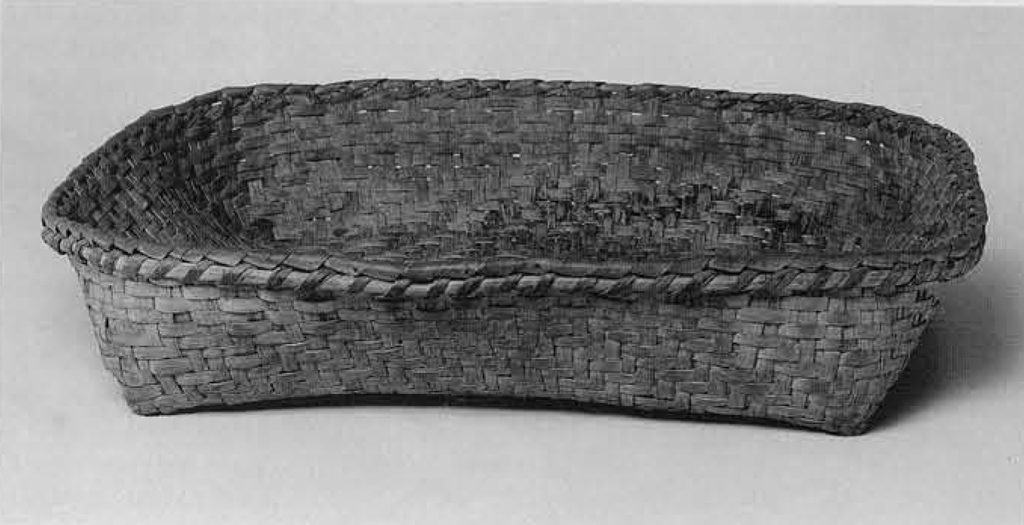
Museum Object Number(s): 46-6-95A
A Borrowed Game: Marbles
One Cherokee game, marbles, appears to be a variant of a game that the Indians learned from European settlers. Within Europe, marble games are of unknown antiquity, but when first mentioned in the literature of the 1590s, they were played by adults as well as children. During the 18th century, marble games were a serious pastime for men, and were often used for gambling. They were frequently played with lead musket balls (especially by soldiers), and pottery marbles used in the 18th century were normally of the same size as a musket ball, 70 caliber or seven-tenths of an inch in diameter. The common occurrence of pottery marbles in military campsites of the American Revolution documents the popularity of this sport.
Several Indian tribes adopted marble games from white culture, but the details have rarely been noted. Among western tribes, the Cheyenne were renowned as marble players. William Bartram noted the game among the Creek Indians in a 1789 report, apparently from observations made during his residence in Georgia during the 1770s:
The Mic-co, counsellors, and warriors meet every day, in the public square; sit and drink a-cee, a strong concoction of cassine yupon, called by the traders black drink; talk of news, the public and domestic concerns, and play thlachal-litch-cau (roll the bullet). (1853:63)
The Cherokee too seem to have observed and adopted the game during the colonial period. Pottery marbles found in surface collections of artifacts from 18th century Cherokee archaeological sites are similar to those found at sites inhabited by European colonists.
In later times, the Cherokee made stone marbles in imitation of European glass ones (Fig. 7). In the 1940s, five of the older people at Big Cove, North Carolina, remembered that as boys they had such stone objects among their store-bought marbles, and at least 12 examples have been found at Qualla. The latter are about seven-eighths of an inch in diameter, made of fine-grained, white, flint-like quartzite; the surface is slightly faceted but highly polished and stained with some blackish material. They seem to be spherical stream pebbles that have been further rounded by grinding and then tumbled and polished by hand. Their appearance differs considerably from that of the perfectly spherical stones produced in chemical grinding mills, where quartz pebbles are whirled with chemicals in a pulverizing machine.
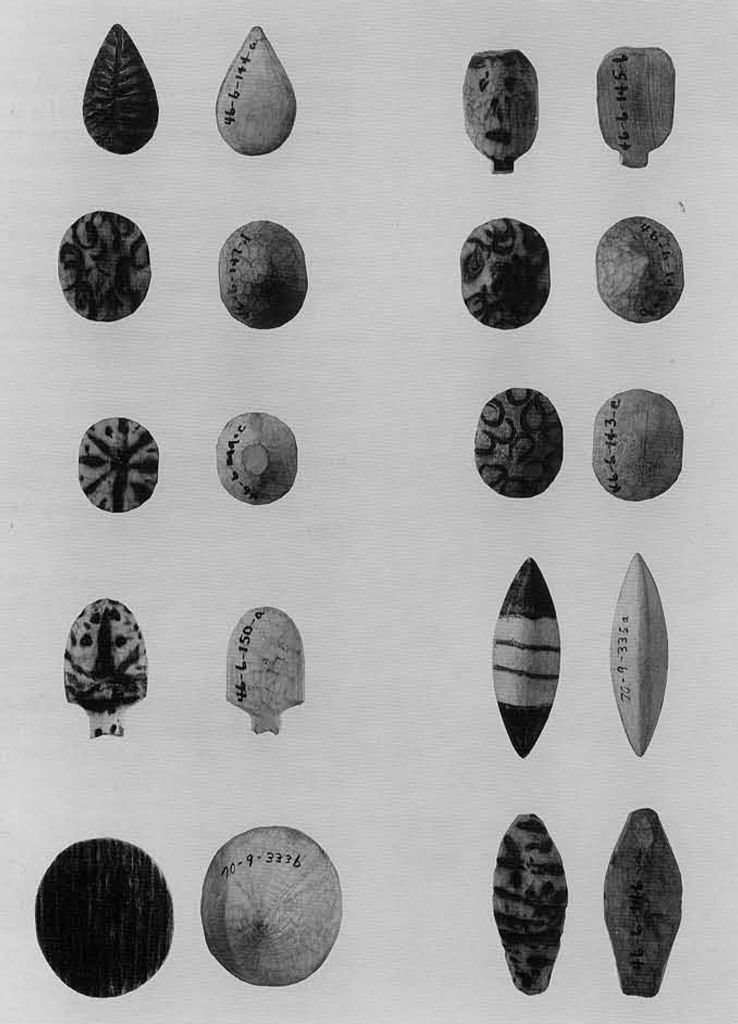
Image Number: 101707
Museum Object Number(s): 46-6-143 / 46-6-144 / 46-6-145 / 46-6-146 / 46-6-147 / 46-6-148 / 46-6-149 / 46-6-150 / 70-9-333 / 70-9-335
The formal Cherokee game was a male pastime, played each Saturday morning on a level piece of ground where the Green Corn Ceremony was held, and ending before the New Corn Ritual took place. Men divided into two teams and prepared the ground for an elaborate game on which they wagered. The forms and rules of the game seem to be entirely European, those of the British game called “lag ring,” “tag ring,” or merely “ring.” Nevertheless, Cherokee believe the game to have an aboriginal origin, since it is involved in the formal myth of the origin of the Pleiades and was played during the time that this constellation appeared above the horizon and rose into the spring sky (see box).
Two parallel lines were drawn about 50 feet apart, and a circle about 5 feet in diameter was scratched into the dirt midway between the two lines. One marble was placed at the center of the circle, and four others were placed as though to form the corners of a square with two of its sides parallel to the two lines (see Fig. 8). Each team assembled behind its line, and each player tossed a marble at the line of the opposing team. The team and the player with the marble closest to the line had the first play, the whole sequence of play being decided by the position of each marble. In standard English this manner of tossing a marble is called “lagging,” and the two base lines of the game are called “lag lines.” In Cherokee English, this tossing of the marble is called “chunking.” The marbles lagged will be used to hit other marbles and are deferred to as “shooters” in both standard and Cherokee English.
The first player tossed or chunked his marble from his baseline towards the ring. His object was to get close to the ring but not inside it. He might try to hit one of the marbles in the ring without leaving his own marble inside the ring, but his usual strategy was to get close to the ring in a good position for his next shot. If he did not hit a marble, the first player of the opponent’s team tossed from his baseline toward the ring, and each followed in turn until all players were on the field.
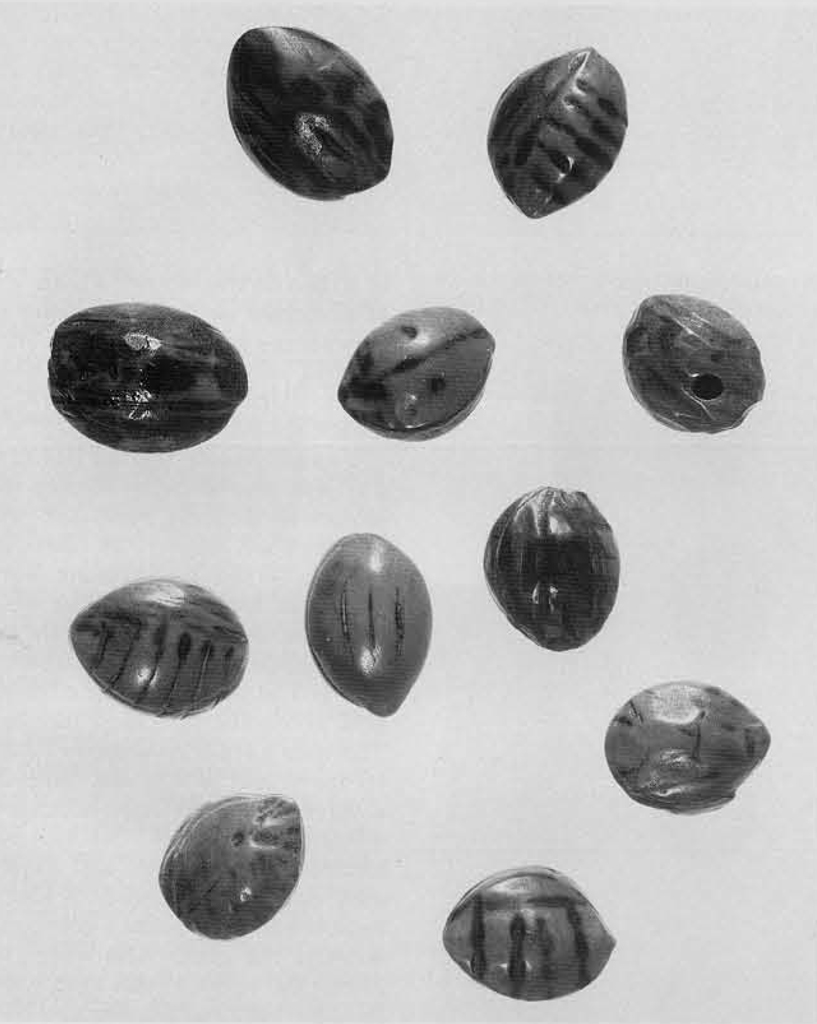
Museum Object Number(s): 36850
When playing a marble close to the ring, it must be shot knuckles down from the half-closed fist with the knuckles touching the ground. The marble is driven out of the hand by the thumb; this manner of shooting is called “tawing” in standard and Cherokee English, and the circle is called the “tawline.”
The tawed marble may be aimed at an opponent’s marble or at one of the four marble on the ring. An opponent whose marble is hit is “killed,” and the player and his shooter are eliminated from the game. A player who strikes one of the marbles on the ring and leaves his marble outside of the ring takes that marble and then shoots at another marble on the ring. After all four marbles on the ring are moved, he shoots at the “middleman” in the center of the ring. If he knocks it out of the ring without being fouled (leaving his marble in the ring), his side scores one point and the marbles are replaced. When a player missed a shot or took out the central marble, play passed to the opposing team. When a team had scored four points (four middlemen knocked out of the ring either on a lag shot or after clearing the ring of the outer four marbles), the game was won and the wagers were divided among the winning team.
The Relationship Between Games and Rituals
Most of the games played by the Cherokee outlived the other ceremonies associated with them. At present, with the obsolescence of the native belief system and of its ceremonial cycles, some traditional games have disappeared. A few, like lacrosse, have become completely secularized. In rare cases, the link of game to ceremony was so strong that the game was transferred into a new religious context when the Cherokee converted to Christianity. For example, traditionally the basket dice game was played on the last evening of a major calendric interval (winter solstice), on the evening before the Eagle Dance. When all other traces of the old ritual cycle had been abandoned, the basket game was still played on New Year’s Eve in Christian households.
It has frequently been suggested that all games originated as ritual, and were then secularized into gambling and amusements. The Cherokee provide an unusual case, where the original nature of the games is still very apparent, and the transformation from religion to sport can be traced and understood.

Museum Object Number(s): 46-6-151
“Things Transformed”
In the northern woodlands and western Great Lakes the thunderstorm was the lacrosse. game of the thunderers, huge birdmen who resembled the nighthawk or bullbat, but who were distinct from the Twin Gods. In the Southeast, on the other hand, the game in the clouds is played by the Twin Gods, believed to be the grandsons of the creator. The lightning bolt is the path of their ball. Like most identical twins, these beings are mirror-images of one another, one right-handed, the other lefthanded; however, their behavior is also mirror-imaged. The righthanded twin is always straightforward, constructive, and truthful, while everything in the behavior and thought of the lefthanded twin is an inversion of the normal. Since they are opposites in every detail, their work in creation was always contradictory and resulted in a world filled with paradox. Formal conflict between them was averted by substitution of games which they invented to replace actual combat. The Twin Gods invented or discovered stickball or ball-play (lacrosse) and the dice game, and played them to sublimate their constant conflict. They taught the games to humans that we might also enjoy them and use them as a substitute for fighting and war.
The all-night rituals that preceded ball-play brought the players into a state of deep trance. They played as though they shared in the nature of the Twin Gods, in which objective reality and mythology were completely intermixed and confused. Hence, the game was usually referred to by the title “things transformed.”
Origin of Pleiades
Once there were seven boys, close friends, who became so engrossed in the marble game that they lost track of everything else. They played day after day, neglecting to go home, eat their meals, or take care of anything else. As they wasted away, they became light and buoyant. Their mothers became very worried about them and came to take them away from their obsessive game by force. As their mothers tried to seize them, they floated up in the air and six of them escaped, but the seventh mother caught her boy by the feet and pulled on him. In their struggle, she pulled him down to the ground, but he penetrated into the soil and became a yellow pine tree, the first of its species. The others went off into the sky. IN the winter they return to earth to visit their lost friend, but in the spring they rise above the horizon and again escape the earth.
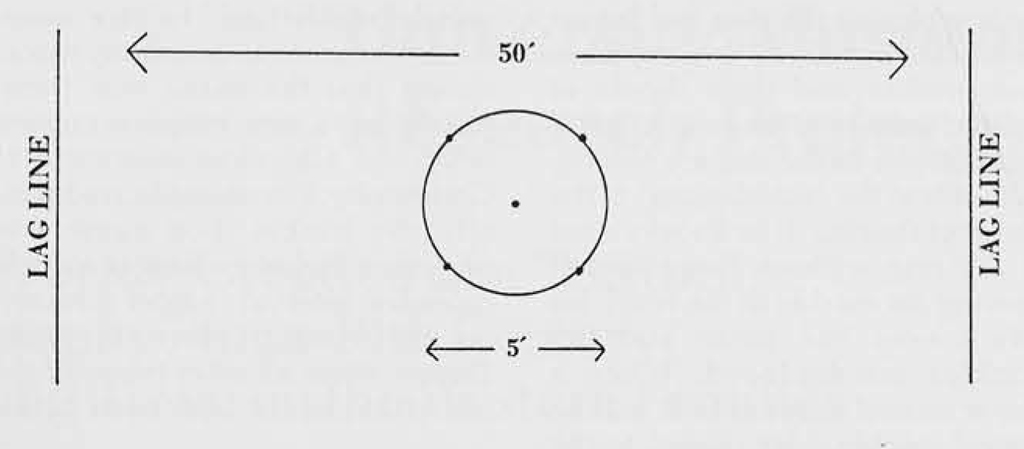
The Cherokee account is one of many different American Indian myths about the origins of the Pleiades. They all refer to the missing seventh star and account for it in various ways, as does Greek mythology in the stories of Electra or of Merope. All of them refer to a long-ago date at which the seventh star of the constellation blew up as a supernova and then darkened to become nearly invisible.
Chunkey Ball
Accounts of Cherokee life written in the 18th and 19th century mention a pastime called the “chunkey game.” An examination of the documentary evidence, however, suggests that the game referred to was actually marbles. Artifacts thought to be associated with the chunkey game fare little better than the supposed descriptions. Moses Owl of Birdtown owned a stone ball about five inches in diameter that his grandfather said was used to play chunkey ball, but it is more likely to have been used in the shotput or stone-throwing game. Some well-made discoidal stone artifacts known in the “relic” trade as chunkey stones were shown to a number of Cherokees in the 1940s. The Indians offered many possible suggestions as to their use, but no one recognized them as parts of a game. These stones are now labeled as “games materials” and are on display in the Cherokee museum; their actual use remains unknown.
